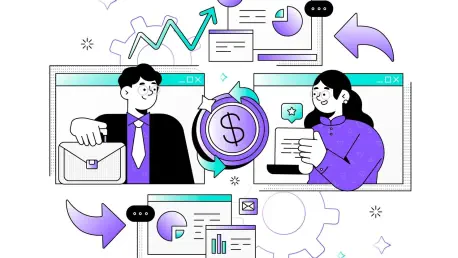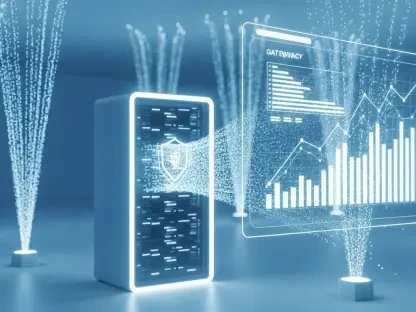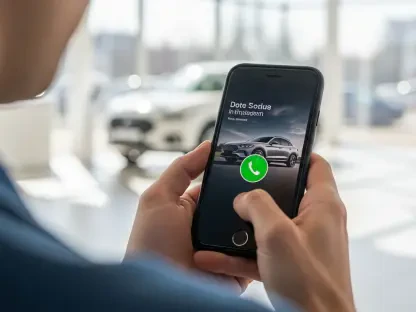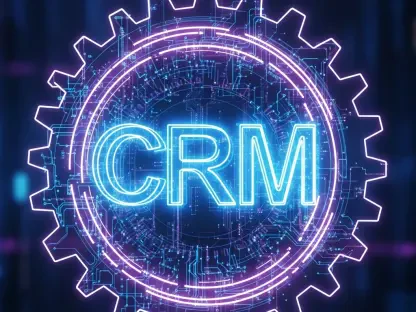Today, we’re thrilled to sit down with Anastasia Braitsik, a globally recognized leader in SEO, content marketing, and data analytics. With her extensive expertise in digital marketing, particularly in the B2B space, Anastasia has helped countless businesses navigate the complex world of paid advertising. In this interview, we dive into the nuances of Google Ads and LinkedIn Ads, exploring how B2B marketers can make smarter decisions about where to invest their budgets. From understanding demand capture versus demand generation to choosing the right platform based on audience behavior, Anastasia shares actionable insights to help businesses align their strategies with their goals.
Can you walk us through the core differences between Google Ads and LinkedIn Ads when it comes to B2B marketing?
Absolutely. The biggest difference lies in their purpose and how they reach audiences. Google Ads is primarily search-driven, focusing on capturing people who are already looking for a specific product or service. It’s intent-based, so it works well when your audience knows what they need and is actively searching for it. LinkedIn Ads, on the other hand, is more about reaching specific professionals based on their job roles, industries, or company size. It’s less about immediate intent and more about building awareness or educating decision-makers who might not even know they need your solution yet. So, Google is great for immediate conversions, while LinkedIn excels at nurturing relationships over time.
How do you define demand capture and demand generation, and why does this distinction matter for B2B marketers?
Sure, let’s break it down. Demand capture is about targeting people who already have a need or interest in your product—they’re searching for solutions, and you’re there to meet that demand. Think of it as harvesting low-hanging fruit. Demand generation, however, is about creating that need or interest in the first place. You’re educating your audience about a problem they might not even realize they have and positioning your product as the solution. For B2B marketers, this distinction is critical because it shapes your entire strategy—where you advertise, what messages you use, and how you measure success. If you misalign your approach, you could waste a lot of budget chasing the wrong outcomes.
What makes Google Ads such a strong tool for demand capture in the B2B space?
Google Ads shines in demand capture because it’s built around search intent. When someone types a query into Google, they’re often looking for a specific solution, whether it’s software, a service, or a consultant. For B2B, this means you can target high-intent keywords and show up exactly when a decision-maker is ready to buy or research. The platform’s ability to use precise keywords, coupled with features like ad extensions and landing page optimization, makes it incredibly effective at converting those ready-to-act prospects into leads or customers. It’s all about being in the right place at the right time.
Conversely, why is LinkedIn Ads often a better choice for demand generation?
LinkedIn Ads is ideal for demand generation because it allows you to target very specific professional audiences who might not yet be searching for your solution. You can filter by job title, industry, company size, or even skills, which is perfect for B2B companies trying to reach decision-makers. For products or services that are new or complex, LinkedIn lets you build awareness through content like whitepapers or thought leadership pieces. It’s less about immediate sales and more about starting conversations, educating your audience, and positioning your brand as a trusted resource over time.
The concept of ‘who’ versus ‘what’ targeting was mentioned as a decision framework. Can you explain how this influences the choice between these platforms?
This framework is really helpful for simplifying your strategy. ‘What’ targeting, which is Google Ads’ strength, focuses on the product or service someone is searching for. It’s about the keywords and queries tied to what your business offers. ‘Who’ targeting, which LinkedIn dominates, is about the characteristics of your ideal customer—their job role, seniority, or industry. If you’re trying to reach a niche group of professionals and educate them, LinkedIn’s ‘who’ targeting is the way to go. But if your audience is already searching for a specific solution, Google’s ‘what’ targeting will likely deliver faster results. It’s about matching your platform to your audience’s behavior and your campaign goals.
For B2B companies launching new products with no established search vocabulary, why might LinkedIn Ads be a smarter starting point?
When you’re launching something new, especially in B2B, your audience often doesn’t know what to search for because they’re not aware of the problem or solution yet. Google Ads relies heavily on search volume and intent, so if there’s no clear vocabulary or demand, your ads might not get traction. LinkedIn Ads, however, lets you proactively reach the right people based on their professional profiles. You can introduce your product, share educational content, and build that initial awareness without depending on search behavior. It’s a way to shape demand before you try to capture it on a platform like Google.
How can B2B marketers balance both platforms to create a comprehensive paid advertising strategy?
The best approach is to use Google Ads and LinkedIn Ads together, each playing to its strengths. Start with LinkedIn to build awareness and generate demand among your target audience through thought leadership or educational campaigns. Then, use Google Ads to capture that demand as people start searching for solutions—whether it’s through branded terms, competitor keywords, or high-intent searches. Retargeting on both platforms can also help nurture leads through the funnel. The key is to map out your buyer’s journey and assign each platform a role, whether it’s awareness, consideration, or conversion. A multi-touch strategy ensures you’re not missing out on any stage of the process.
What’s your forecast for the future of B2B paid advertising on platforms like Google Ads and LinkedIn Ads?
I think we’re going to see even more integration and sophistication in how these platforms work together for B2B marketers. With advancements in AI and machine learning, both Google and LinkedIn are getting better at predicting intent and refining targeting options, which will make campaigns more efficient. I also expect LinkedIn to grow as a hub for thought leadership and content-driven ads, especially as B2B buyers increasingly value trust and credibility. Meanwhile, Google will likely keep pushing into broader demand generation tactics, like enhanced display and video options, to compete with LinkedIn’s awareness-building capabilities. Ultimately, the future will be about seamless, data-driven strategies that span multiple platforms to meet buyers wherever they are in their journey.









